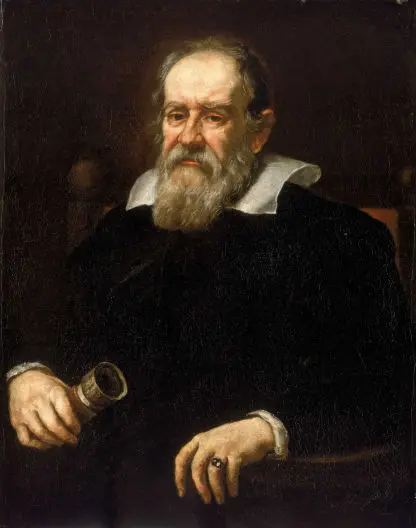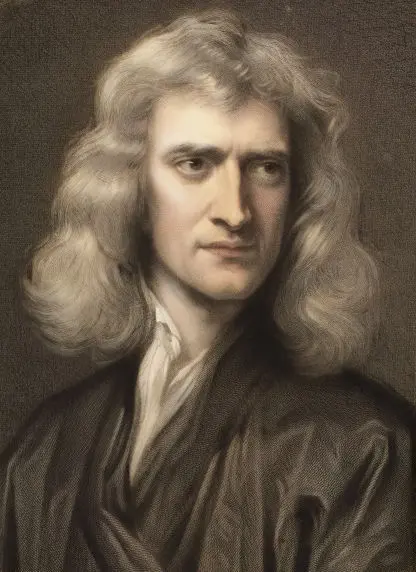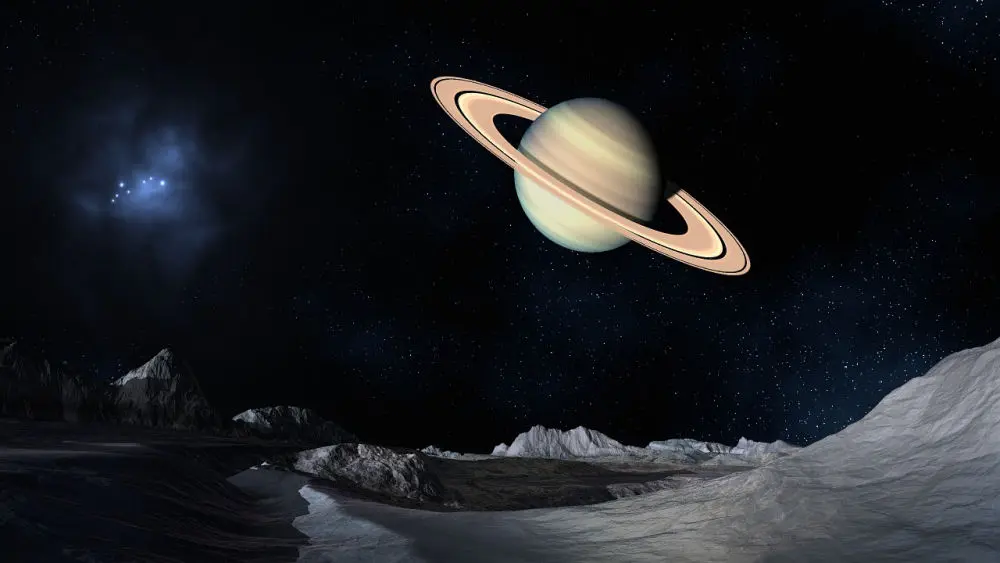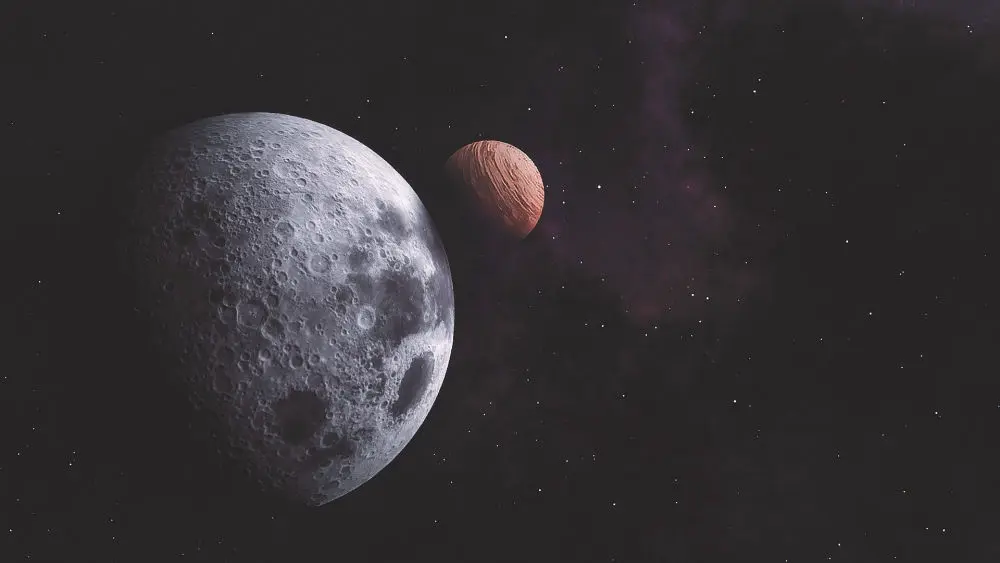First Steps in Astronomy for Students
Features interactive sessions that introduce the basics of astronomy, including how telescopes work and practical sky observation techniques.
Provides hands-on experience with telescopes, teaching about different constellations and the evolution of telescope design since Galileo.

OUR DESIGN
Lorem ipsum dolor sit amet, consectetur adipiscing elit. Nam erat libero, bibendum in libero.





